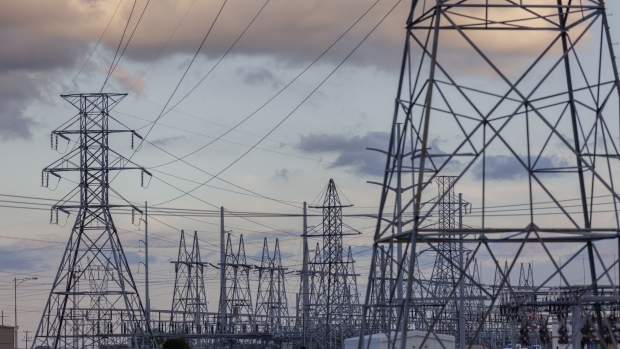Apr 10, 2024
Proposals for New US Power Plants Jump 90% on Surging Demand
, Bloomberg News

(Bloomberg) -- As utilities race to keep ahead of rising electricity demand, developers have proposed a surge of new power plants across the US — and very few of them would run on fossil fuels.
The generating capacity of proposed plants seeking to connect to the power grid jumped nearly 90% in the last three years, according to a new study from Lawrence Berkeley National Laboratory. In 2023, the combined capacity of all those plants totaled almost 2,600 gigawatts. A single gigawatt of electricity can power 750,000 homes.
Read More: AI Demand for Data Centers Vastly Underestimated, CoreWeave Says
Solar power and large-scale batteries account for more than 80% of the proposed capacity, according to the study. In contrast, power plants that would burn natural gas or coal represent just 3%.
Still, the study cautions that historically, less than 20% of projects that apply for a grid connection actually get built.
After remaining flat for years, US electricity demand is expected to climb rapidly as electric vehicles and data centers proliferate. A BofA Global Research report Wednesday forecast demand would grow 15% by 2030, or roughly 70 gigawatts.
©2024 Bloomberg L.P.






